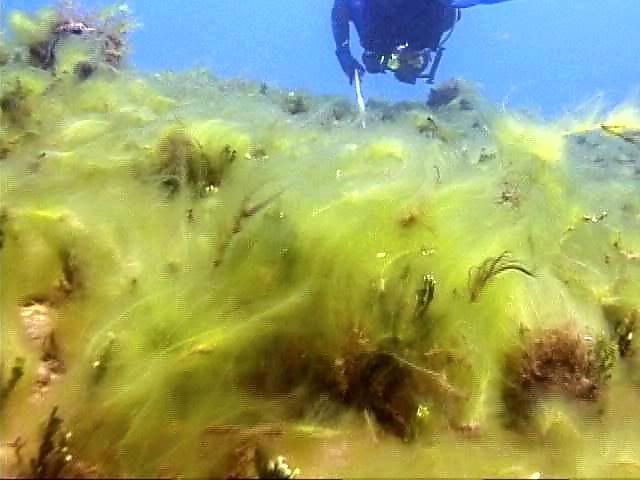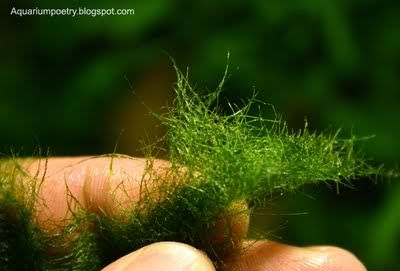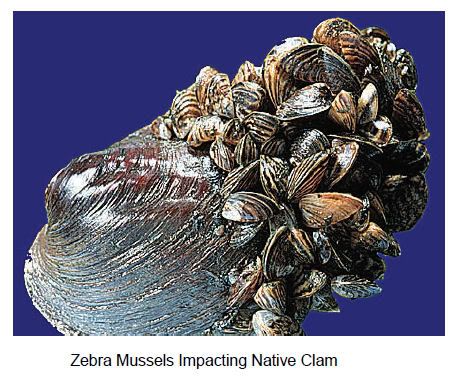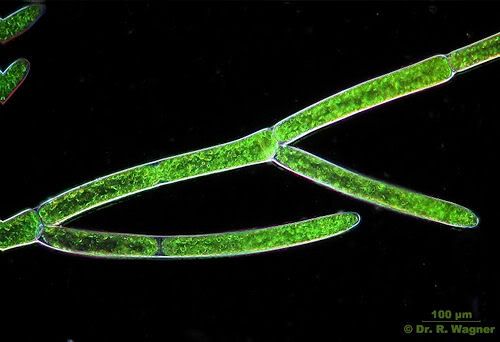(9 am. – promoted by ek hornbeck)
 I recently had an opportunity
I recently had an opportunity
to visit some shorelines on Lake Michigan
and Lake Huron (after almost 2 decades away)
and the peaceful inland seas,
were beautiful and restoring.
But what stunned me most
was the green algae mats, most places
(both dead and living).
It was like nite and day.
The lakeshores from my memories,
looked tempting enough to drink —
now they looked gross.
All the polished stones were now covered
with a muddy mash of dead algea, from previous seasons.
Turns out the algae is “harmless to humans”,
(except for maybe Tourism).

And studies are starting to show
this may be a result of the Zebra Mussel invasions,
through a complex chain of events.

It was sad to see hordes of these tiny shellfish too.
In some places, their shells were piling up
more than the rocks. So much for Ecology knowing best, eh?

what-is-the-zebra-mussel-doing-to-lake-michigan
usgs research invasive zebra mussel
usgs factsheet mussels (pdf)
The Great Lakes need to be preserved —
before they become the “Not So Great Lakes“!
Muskegon Critic makes the case, to preserve the Lakes:
This is Why We Gotta Close Great Lakes Compact Loopholes
Water will be the “liquid gold” of this next Century, replacing Oil, I predict.
Lol, Greenland will probably become “Prime Real Estate” —
Better buy a stake now — before all the Ice is Gone!

13 comments
Skip to comment form
Author
— Pretenders
http://www.lyrics007.com/Prete…
And so it goes …
but I have to say ecology does know best, Industry not so much.
Invasive species are still being dumped with bilge water throughout my Lakes, and it is doing horrific damage to my sweet lakes.
The zebra mussels have been here for a couple of decades now, but there is another related invader that has not received as much notariety called the Quagga mussel. Both the Quagga and Zebra mussels are capable of filtering Saginaw Bay’s entire water volume in one to four days. This filtering removes an important constituent in the water: zooplankton.
This extensive filtering leaves the water amazingly clear and devoid of a necessary components of the Great Lakes food web. It also allows sunlight to penetrate sometimes up to as much as 20 to 30 feet from the surface, encouraging certain forms of a blue-green algae named Microcystis, which are toxic to fish and cause gastro-intestinal distress in humans.
Lake Erie had a huge bloom last year.